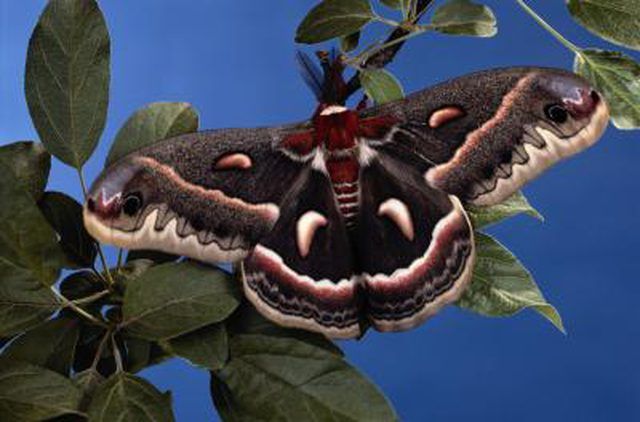Bulbs
Flower Basics
Flower Beds & Specialty Gardens
Flower Garden
Garden Furniture
Garden Gnomes
Garden Seeds
Garden Sheds
Garden Statues
Garden Tools & Supplies
Gardening Basics
Green & Organic
Groundcovers & Vines
Growing Annuals
Growing Basil
Growing Beans
Growing Berries
Growing Blueberries
Growing Cactus
Growing Corn
Growing Cotton
Growing Edibles
Growing Flowers
Growing Garlic
Growing Grapes
Growing Grass
Growing Herbs
Growing Jasmine
Growing Mint
Growing Mushrooms
Orchids
Growing Peanuts
Growing Perennials
Growing Plants
Growing Rosemary
Growing Roses
Growing Strawberries
Growing Sunflowers
Growing Thyme
Growing Tomatoes
Growing Tulips
Growing Vegetables
Herb Basics
Herb Garden
Indoor Growing
Landscaping Basics
Landscaping Patios
Landscaping Plants
Landscaping Shrubs
Landscaping Trees
Landscaping Walks & Pathways
Lawn Basics
Lawn Maintenance
Lawn Mowers
Lawn Ornaments
Lawn Planting
Lawn Tools
Outdoor Growing
Overall Landscape Planning
Pests, Weeds & Problems
Plant Basics
Rock Garden
Rose Garden
Shrubs
Soil
Specialty Gardens
Trees
Vegetable Garden
Yard Maintenance
Elderberry Pests
Elderberry Pests. Elderberry plants appear as shrubs or trees along riverbanks and in open riparian areas. They produce purplish black clusters of edible berries. Elderberries have few insect pests, and most are fairly easily controlled by pest predators and simple maintenance techniques used by growers.

Elderberry plants appear as shrubs or trees along riverbanks and in open riparian areas. They produce purplish black clusters of edible berries. Elderberries have few insect pests, and most are fairly easily controlled by pest predators and simple maintenance techniques used by growers.
Threats
Birds serve as the major pest of elderberries. The University of Missouri Extension notes that more than 45 species of birds eat the fruits of the plant. To combat berry loss to birds, cover ripening berries in netting and harvest them promptly. Few insects pose a significant problem for elderberries. In addition to aphids, elder shoot borers and cecropia caterpillars, sawfly larvae, eriophyid mites, fall webworms and the soft scale pest, called the European fruit lecanium, may affect elderberry plants.
Misconceptions
While birds may compete with humans for a portion of the berry crop, the role of birds extends beyond that of pest. Birds spread the seed in the wild, helping bring about growth of new elderberry plants.
Effects
Aphids produce a limited amount of damage. Borers can cause the death of elderberry canes, as elder shoot borer larvae enter the elderberry stems, moving into several parts of the plant. The pupa form lives inside dead elderberry canes. Cecropia moth caterpillars feed on elderberry foliage, and one caterpillar has the potential to eat a great deal of foliage.
Prevention/Solution
Water away aphids or prune away aphid-afflicted areas of the plants. Prune out old canes or canes that show signs of borers. Remove cecropia moth caterpillars by hand. According to the University of Kentucky Cooperative Extension Service, few pesticides are labeled for use on elderberry crops.